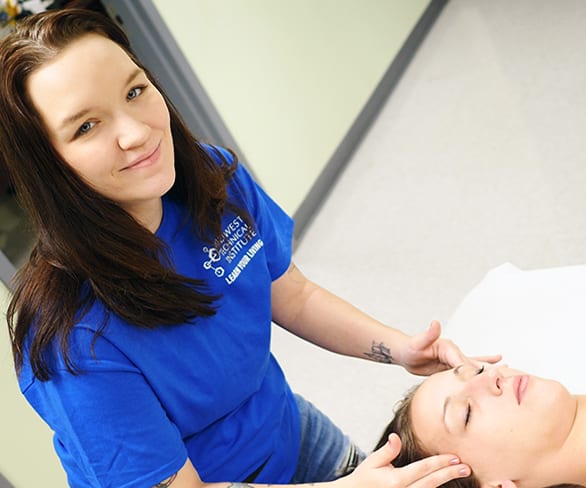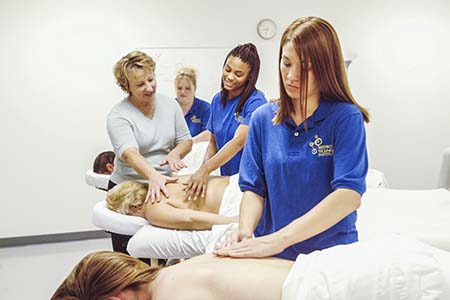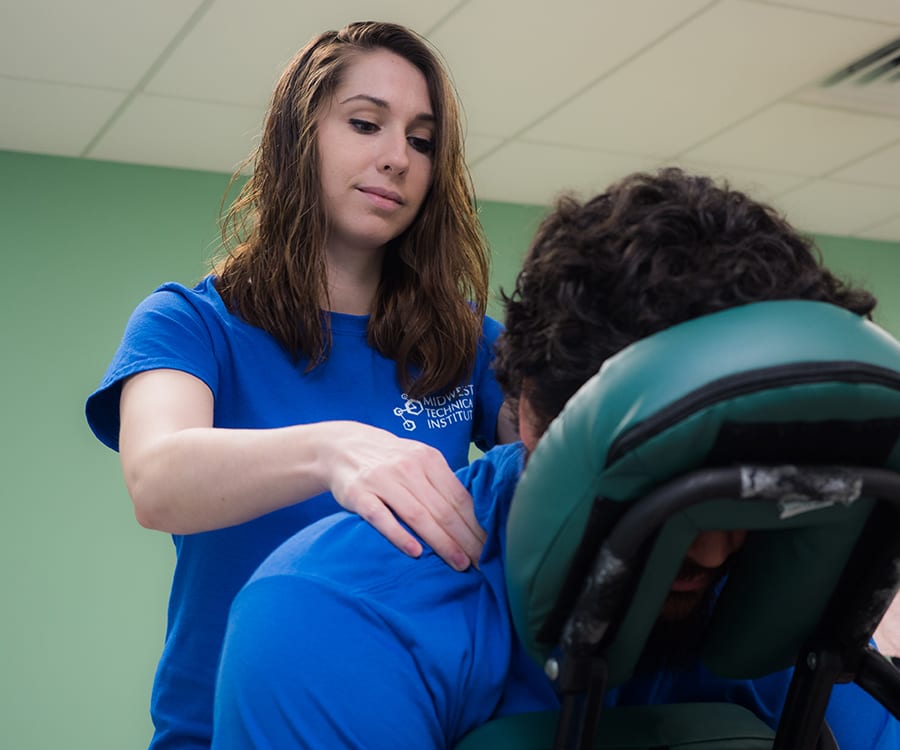Massage therapy is the manipulation of body tissues [1], like muscles, tendons, and ligaments, using the hands, fingers, elbows, forearms, and feet. Massage therapists can use oils, lotions, and hot stones throughout their massage procedures.
Massage therapy is meant to relax the individual for an overall better well-being. This may result in less stress or anxiety, relaxed muscles, rehabilitated injuries, minimized muscle pain, and temporarily illness relief.
What Are Some of the Different Types of Massage Therapy?
There are numerous massage techniques that massage therapists learn and use throughout their jobs.The first is a Swedish [2] massage, which is the most common form of massage therapy and involves rhythmic tapping and kneading. Common strokes for this technique are:
- Effleurage: smooth stroke
- Petrissage: kneading, rolling, squeezing
- Friction: deep circular movements
- Tapotement: short tapping done with cupped hands
- This technique is comprised of slow, focused strokes that put pressure on muscles and tendons. While this massage is less rhythmic than other massages, it is considered very therapeutic.
- This massage technique was created to help with various muscle groups, dependent on the muscles used for a particular sport, is used for flexibility, training, and to treat injuries.
- This massage is for tender muscle points, circulation, and nerve issues caused by movement injuries.
- This massage focuses on acupressure points that are crucial areas for the flow of the body’s energy, also known as chi.
- This allows the massage therapist to move the client and target the compression of muscles, joint movement, and acupressure.
- This technique is designed to help reduce stress, decrease limb swelling, and relieve joint or muscle pain in pregnant women.
Where Can a Massage Therapist Work?*
Interested in Learning More About Massage Therapy?
Fill out the form below to receive info about our career training programs.
Understanding Massage Therapy
[1] https://www.medicinenet.com/massage_therapy/article.htm[2] https://www.webmd.com/balance/guide/massage-therapy-styles-and-health-benefits#2-3[3]https://www.medicinenet.com/massage_therapy/article.htm#what_do_massage_therapists_do_in_treating_patients[4] https://www.bls.gov/ooh/healthcare/massage-therapists.htm#tab-3[5] https://www.idfpr.com/profs/massagetherapy.asp


